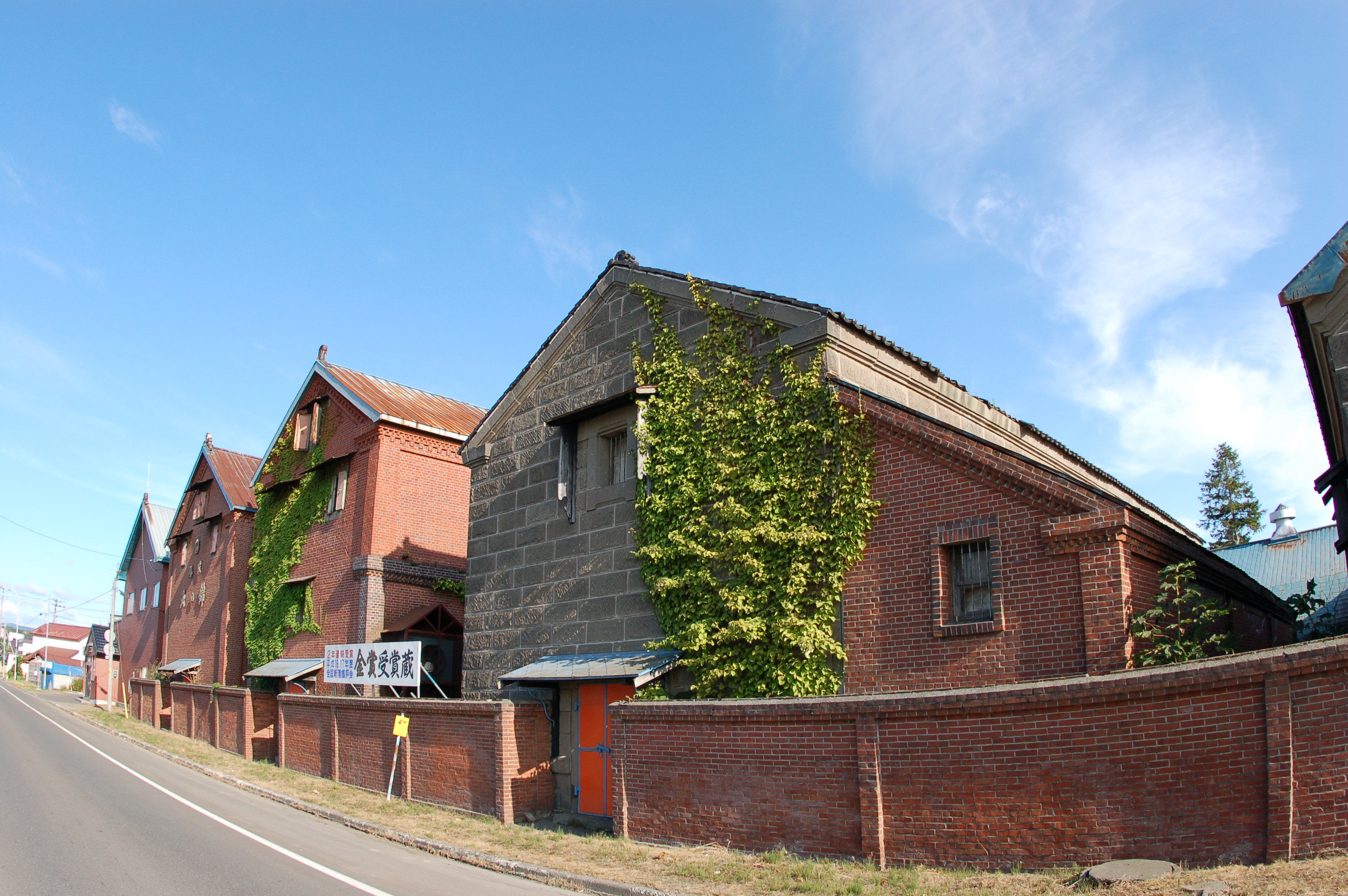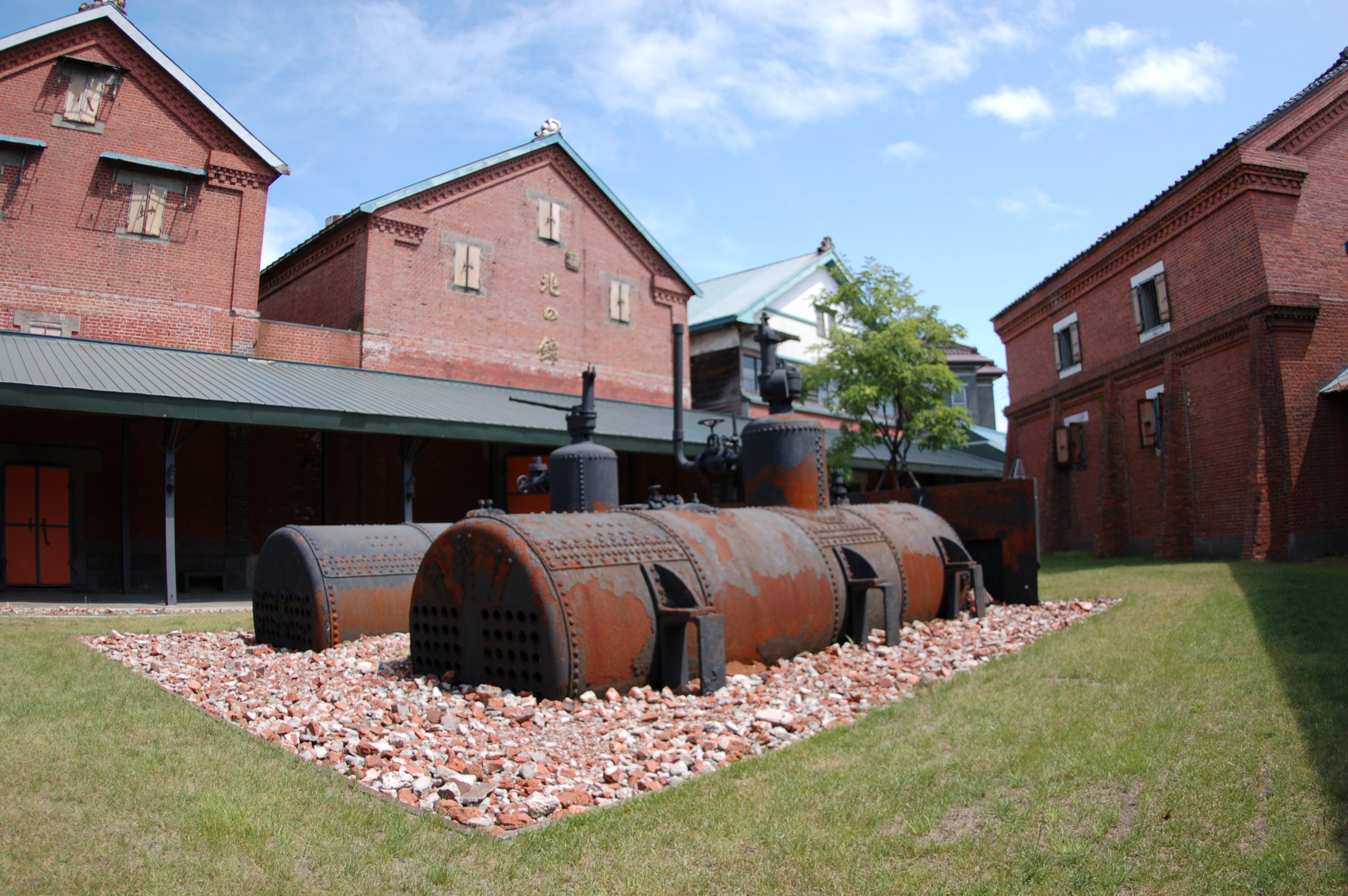Greetings my fellow enthusiasts! I’m sure you’ve heard, read, seen, or experienced on your travels - the charms of Hokkaido. Somewhere within those legends I’m sure you’ve read of Sakes so great, and rare, because they were brewed by masters of the craft, over the mystical winters of Hokkaido.
Thus when I was invited by Nippon Assist Singapore to attend an event featuring Hokkaido’s famed Sake breweries, I could barely contain my excitement. And boy was it worth it! As provenance would have it, I met Mr. Kobayashi Yonesaburo-san (小林 米三郎), the President of Kobayashi Shuzo Sake Brewery. After a short exchange, he was intrigued enough to visit me in my small Izakaya at Stanley Street!
I’m truly humbled that a respected figure chose to have tea with me, as we talked about Sake. So let me share his insights and wisdom about one of Japan’s lesser known facets!
Kobayashi-san, could you please tell us, about the history of your brewery
“My ancestors originated from Niigata prefecture, till our founder Mr. Yome Saburo-san, made the brave decision to try his hand at Sake making. It was a decision that took him to Hokkaido in 1878. Perhaps it is humorous to add that he had never made Sake before!”
But my great-great grandfather’s vision was to capitalize on the booming coal mining of Hokkaido; the predominant industry of the time. He saw an opportunity to make Sake for the workers seeking respite after a hard day’s work...
As a testament to the fruits of Saburo-san’s labour: our brewery also has the honour of being the town’s oldest standing structure!”
 Adorned in red Sapporo bricks, and built in an industrial age British style, stands the Kobayashi Sake Brewery (小林酒造 ) Building.
Adorned in red Sapporo bricks, and built in an industrial age British style, stands the Kobayashi Sake Brewery (小林酒造 ) Building.
Friends, in case you’ve not seen how a Sake brewery looks like, they barely resemble factories. Rather, the most traditional ones portray a homely atmosphere.
In Hokkaido, what are the major challenges in brewing sake?
A beautiful photo of the rice planting (田植え)
“Hokkaido is a region known for our winters and pristine natural environments. It makes for some of the best conditions to brew Sake. Our brewery has always believed in Hokkaido-made-everything, it is a tradition passed on from our first founder. Yet, as a region, we didn’t have Sakamai (Sake rice). Ginpu吟風 and suisei彗星i were only made 18 years ago!
This was because, the growing of rice was a challenge in Hokkaido. It was difficult to get good quality rice, so farmers had to improve their skills and still continually improve their techniques in rice cultivation.
Ironically, the challenges have been mitigated because the weather has improved through the advent of global warming!”
People always believe Hokkaido has good rice. What is the secret or reason?
Rice harvesting (米収穫)
“Yes, once the weather warmed up a bit; the water and natural gifts of the island were fantastic for cultivating rice!
The frozen waters make for clean and natural snow. These waters from the melting snow, seeps from the mountain, into the ground, and the natural bounty of Hokkaido a premium quality!”
As a president what, in your opinion, is the most challenging part of the Sake brewing process?
This photo shows a worker carefully checking the temperature during the fermentation (発酵)process
Koji making is the most difficult, because it is the soul of a Sake. It requires consistency; experience and relies on techniques passed down from generation to generation. Hence the skills of the Toji are crucial to a good Sake.
How much experience does the Toji need?
Sitting back in his chair, Kobayashi-san smiles and tells the story of his own Toji.Photo shows the Toji (杜氏)Mr. Shu-ji Minami-san at the Grand Cistern (上槽)
“Mr Shu-ji Minami-San joined the Kobayashi brewery, after graduating from high school at the age of 18. A young man, he embarked on the life of a Kurabito (brewery worker), working hard and finally achieved the revered title of Toji at the age of 45. It is indeed a journey, our 50 year old brewmaster can look back at fondly.
Typically, workers in a brewery will dedicate their entire careers there! In many ways, Sake brewing is one of the last bastions of a one job career in the world!”
In turn, I smiled at this mention and note Mr. Kobayashi-san is wordly-wise in understanding the concerns of the young generation. Folks, if you’re looking for the best job in the world, we just dropped you a hint!
What do you feel is the greatest challenge facing the future of the Japanese Sake brewing industry?
This picture depicts the Kaiire (櫂入れ), otherwise known as the mixing.
“Rather than the trends or tastes of people, I would say that our challenge would be Japan’s declining population.”
Do you brew all year long or in certain seasons?
Photo shows the steamed rice (蒸米)being added
“Our brewery ascribes to the Kanzukuri tradition; where we only brew during the winter season. The benefits include ideal conditions, cleaner air, and manifests pleasingly in our Sakes you drink!”
I do recall the serenity I feel when sipping on a chilled bottle of Hokkaido Sake.
Could you please tell me a little about Hokkaido Sake
Photo shows the fermentation process (発酵・熟成醪)
“Hokkaido’s natural landscape is well known for its untouched natural beauty. Thus, whatever produce and ingredients used for the making of Sake is of a premium quality.
Working in favour of Hokkaido is also our ideal climate for Sake making. The temperature of the moromi will increase during fermentation process because of release of CO2; so because the temperature control is important for the end product, the environment is crucial!”
How do you define a Hokkaido sake? What is that exciting quality that makes it special?
A photo of a worker inspecting rice 酒米
“Our Sakes are versatile. Near the mountains it will be made to pair with vegetables. Near the ocean it will be made to pair with fish. The water source of the brewery helps define these characteristics.
After all, Sakes are made to be paired with food, and our brewery specializes in pairing with meat, dairy products, and vegetables because we are near the farm.”
Do you prefer modern techniques or traditional?
 This is a photo taken at the courtyard (中庭・御湯沸し)of the brewery. One can spot the turn of the century industrial touches to it!
This is a photo taken at the courtyard (中庭・御湯沸し)of the brewery. One can spot the turn of the century industrial touches to it!
“Ah! Traditional style of course. Nostalgia and classics never go out of style!”
On this point, I wholeheartedly agree.
Please tell us about the best selling Sake in your brewery
“The Maruta. This is almost a signature of our brewery because only we can make this taste. It is also the most unique Jizake (regional Sake) of Hokkaido.”
Do you find a difference in tasting palates of Japanese and foreign drinkers?Friends, this is the Superior Cistern for the making of Daiginjos (大吟醸の上槽)!
“There is of course a difference. In Japan, Sake has been widely consumed for just about more than 200 years ago; so there are always changing trends for Sake tastes.
On the other hand, Singaporeans only started drinking Sake a few years ago. So like many beginners, their choices are the fruity and fragrant types – the Junmai Daiginjos. But like the Japanese, as the market matures and the world begins to appreciate Sakes more, people will open up to more varieties of Sake!”
On this point I agree. I have written that as your appreciation of Sake increases, so would your curiosities!
On a personal note what did your father say to you when he handed the family brewery over to you?
A photo showing the washing of rice (洗米)
"Osake ga areba jyouzousho ha eienn ni tuzukukoto ga dekimasu." It means, “If good sake is made, the brewery and tradition can go on forever”
My father made Sake meant for coal miners; so as the economy changed; coal mining in Hokkaido wound its operations down. The economy and tastes of the people became more discerning.
So after I graduated from university, I resolved to improve brewing quality. So much so we’ve been winning awards!”
Wrapping up my questions, we both sipped on our iced Ochas. Kobayashi-san then turned the tables on me. He asked, “Why do you like Sake?”
I recounted my personal story, about how I had misconceptions about Sake, but had an unforgettable experience when I took my sip of faith. Years later, and with my own Izakaya, I told Kobayashi-san that I want Shukuu to be a bridge between Japanese culture and Singapore. It was my mission to share about the joys of Sake to the world!
I furthered our conversation by asking Kobayashi-san;
Can you tell me about the young generation of Sake Brewers?
Smiling fondly once again, he says, “My son is studying Sake making in Tokyo University, he will begin the life of a Kurabito (brewery worker) this spring!”
In your opinion, what is the future of Sake?
“In Japan people drink wine mostly, but it’s changing back to Sake. The industry was worried for a bit. But I ascribe to the saying my dad passed to me: “If good sake is made, the brewery and tradition can go on forever.”
The future of Sake is bright because trends can come, and they will go. But classics never go out of style!”
With a son proud to carry on his father’s tradition, I’m heartened to learn that the tradition of the Kobayashi Shuzo Sake Brewery will definitely continue!
Overall, Kobayashi-san taught me many things about life, character, work ethics and tradition. He taught me about balance, and I’m deeply honoured to have been able to host him in my humble Izakaya.
Friends, I have mentioned in a previous article that part of the enjoyment of a glass of Sake is in understanding the efforts invested, the traditions, and its origins. That afternoon, I felt deeply enriched to gain a new layer of appreciation for Sake. So if you’ve also enjoyed this sharing, you can plan a visit to the Kobayashi Shuzo Sake Brewery here.
Otherwise, come to my Izakaya so we can share Sakes and stories!